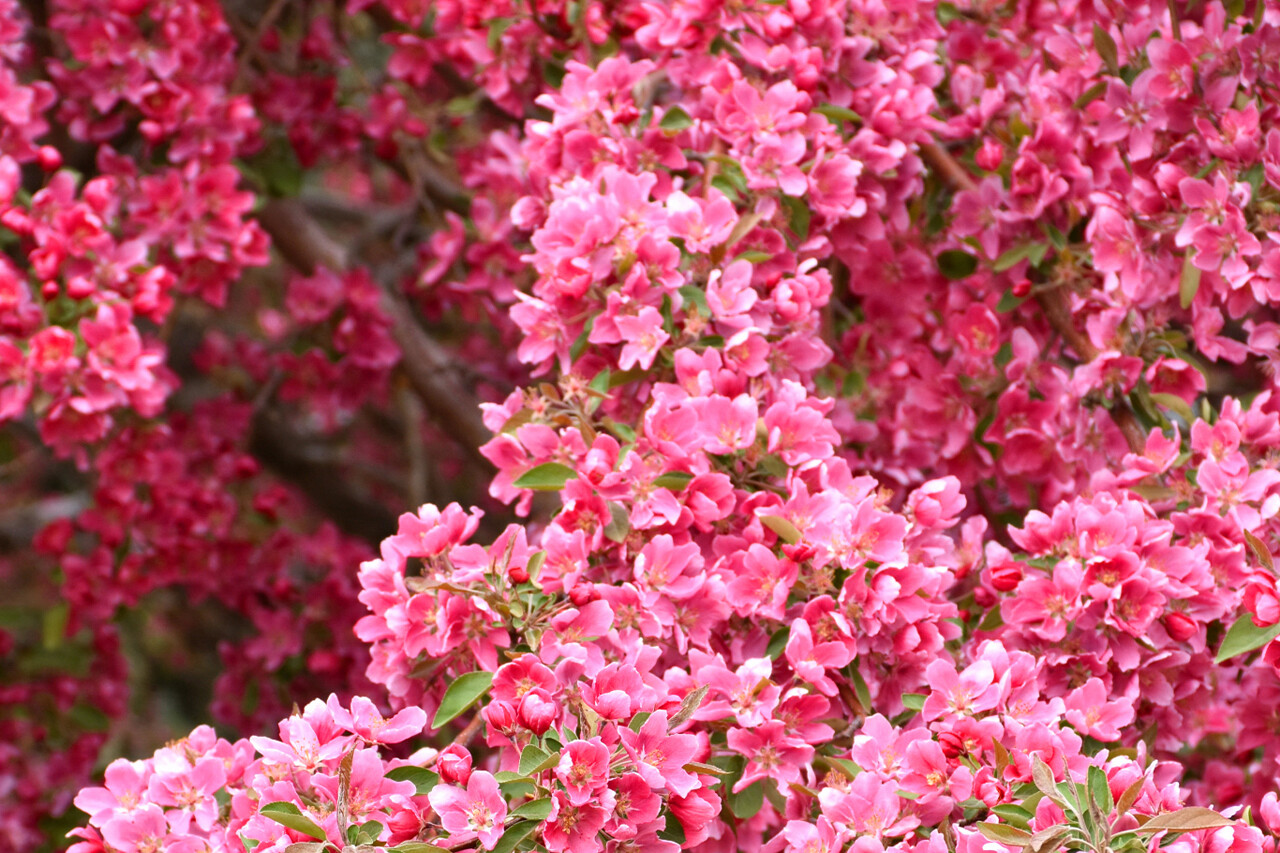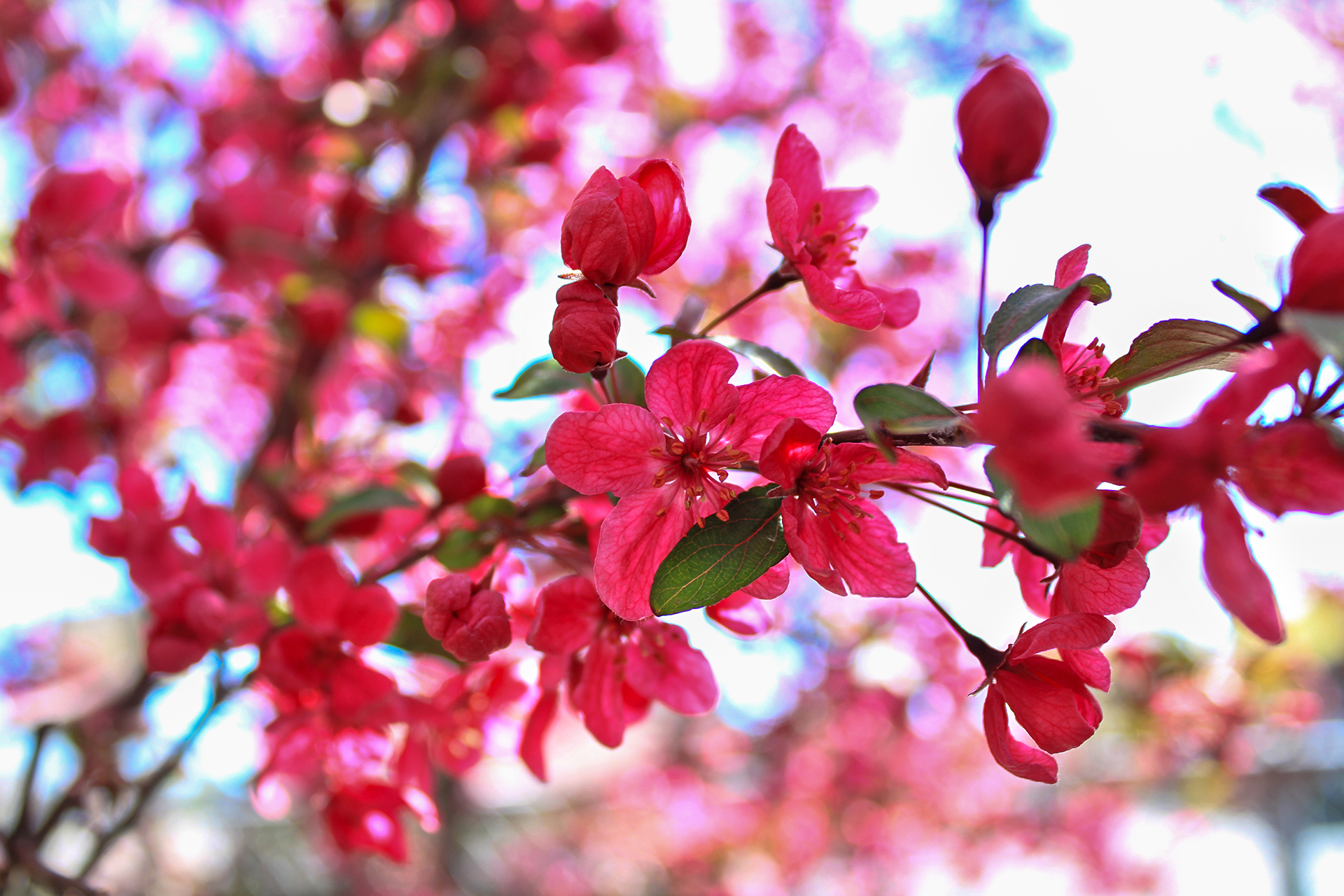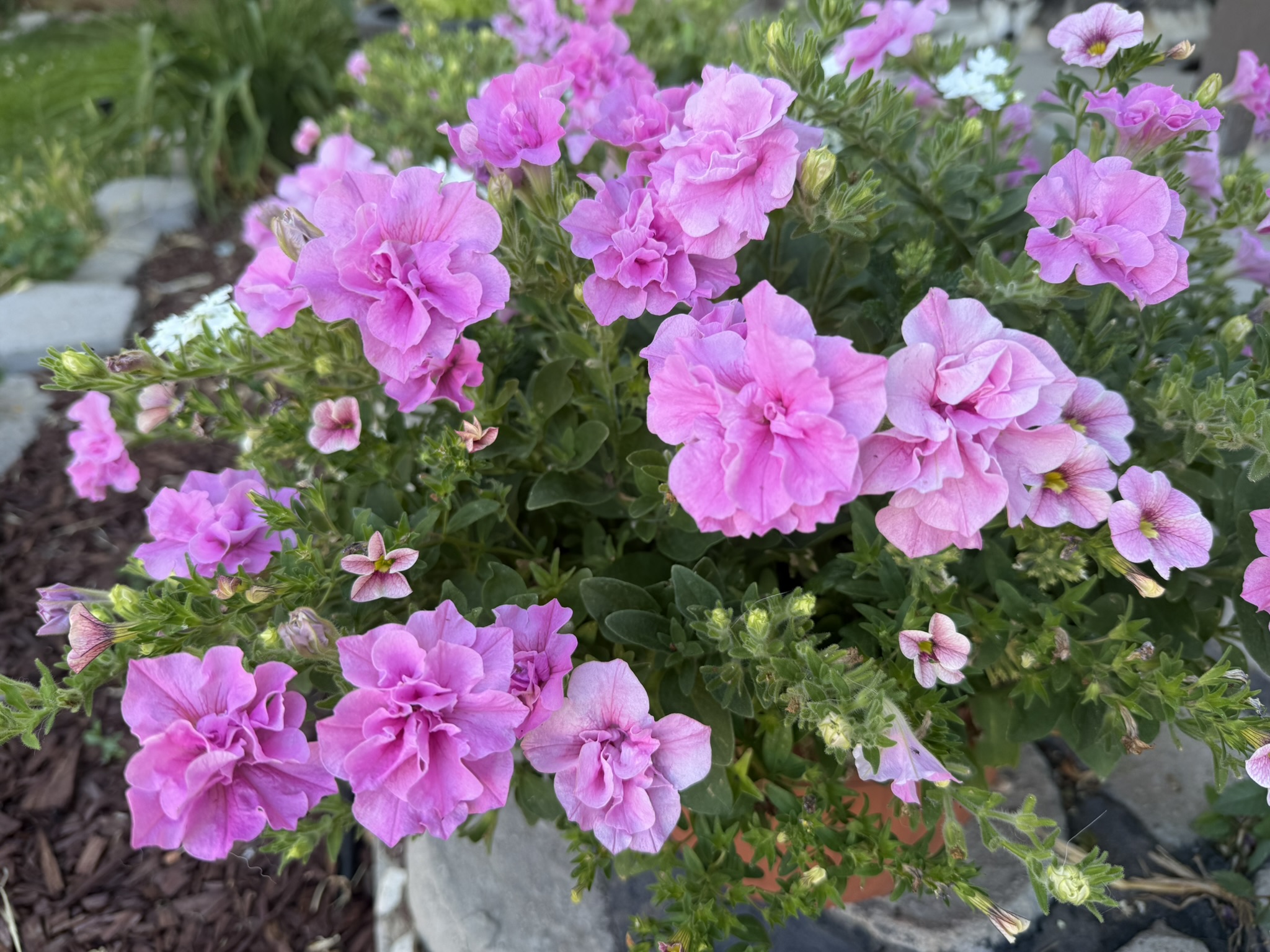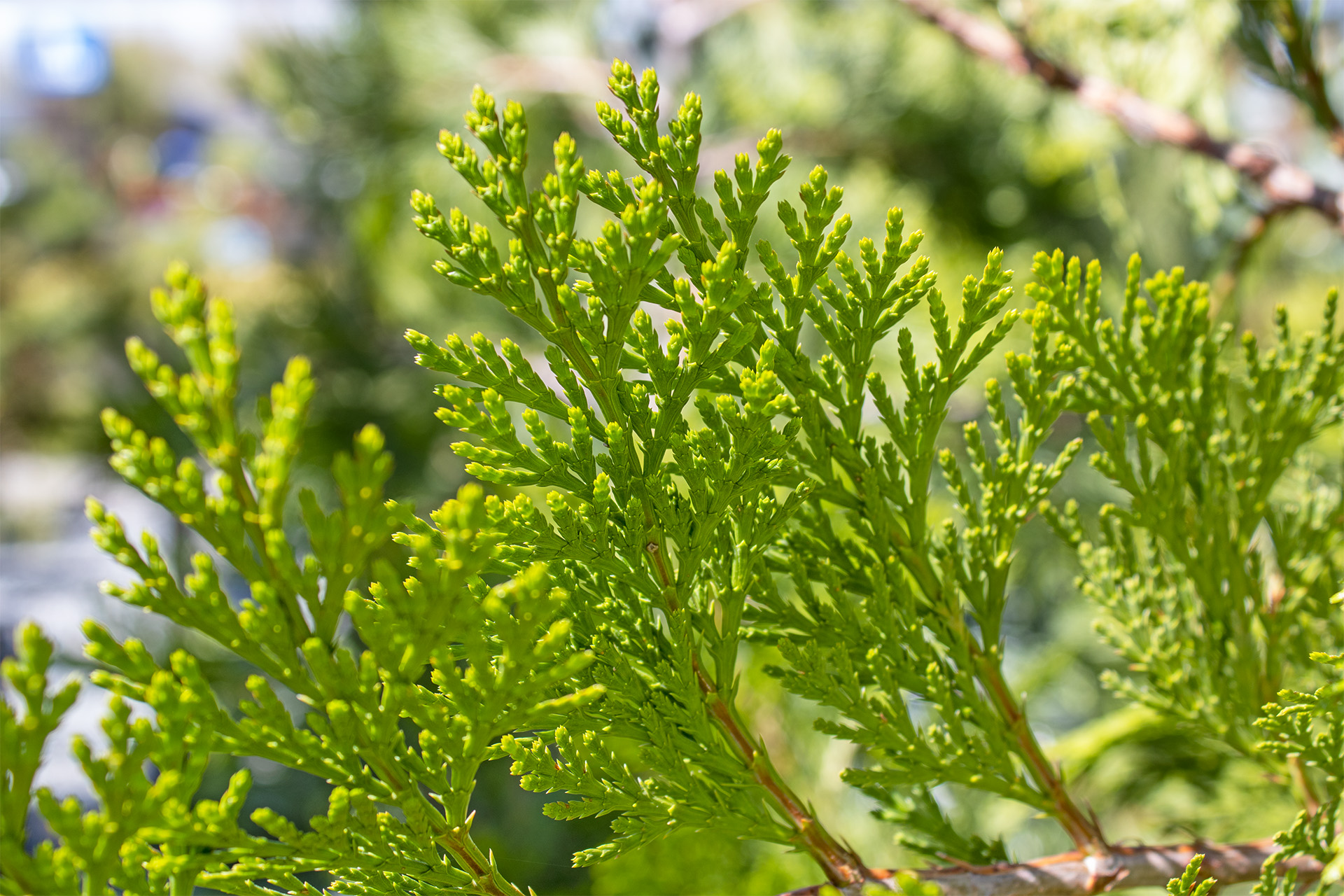Share

The Prairifire Flowering Crabapple: A Vibrant Addition to Your High Desert Garden
If you’re looking for a tree that offers year-round beauty with stunning spring blooms and striking fall color, the Prairifire Flowering Crabapple (Malus ‘Prairifire’) is a perfect choice. Known for its resilience, disease resistance, and vibrant flowers, this tree is a showstopper that thrives in various climates, including the challenging high desert.
Key Attributes of the Prairifire Flowering Crabapple
- Stunning Spring Blooms: In spring, the Prairifire Flowering Crabapple is covered in clusters of deep pink to red flowers, adding vibrant color to any garden. These blooms appear in early spring, before the leaves fully emerge, giving the tree a fresh, lively appearance.
- Resilience to Disease: One of the best features of this variety is its enhanced resistance to common crabapple diseases like scab, fire blight, and rust. This means less maintenance for gardeners and fewer worries about potential pest or fungal issues.
- Compact Size: Unlike some other crabapple varieties, the Prairifire Flowering Crabapple grows into a manageable size, typically reaching 15 to 20 feet in height and 15 to 20 feet in width. Its compact form makes it ideal for smaller yards or garden spaces, where other trees might be too large.
- Beautiful Fall Foliage and Fruit: After blooming, the tree’s dark green foliage transitions to yellow and orange hues in the fall. It also produces small, bright red crabapples that last into the winter, adding another layer of interest to your landscape even as the colder months approach.

Why the Prairifire Flowering Crabapple Thrives in the High Desert
- Drought Tolerance: The Prairifire Flowering Crabapple is highly drought-tolerant once established, making it an excellent choice for water-conscious gardeners. While it requires regular watering during its first couple of years, it can handle periods of dryness once the roots are well-established.
- Cold Hardiness: This tree is cold-hardy, which is ideal for the high desert, where temperatures can fluctuate drastically between summer and winter. The Prairifire Flowering Crabapple can withstand cold winters and occasional frost, making it a reliable option for desert gardens.
- Wind Resistance: Known for its strong, upright structure, the Prairifire Flowering Crabapple is able to resist the strong winds often found in the desert. Its dense branches help prevent wind damage, making it a great choice for exposed or windy areas in your landscape.
Planting and Care Tips for the Prairifire Flowering Crabapple
- Planting: Choose a location with well-draining soil and full sun to partial shade. The Prairifire Flowering Crabapple thrives best when it receives at least six hours of direct sunlight each day. Dig a hole twice as wide and as deep as the root ball, and ensure the tree is planted at the same depth it was growing in the container. The tree’s roots do not like sitting in water, so avoid planting in low-lying areas or places where water can accumulate.
- Watering: Water the tree deeply and consistently during its first two growing seasons. Once established, the Prairifire Flowering Crabapple is relatively drought-tolerant and will only need deep watering during prolonged dry spells.
- Pruning: Light pruning is recommended in early spring to encourage healthy growth and enhance the tree’s structure. Prune the tree to maintain a well-balanced shape and to prevent any overcrowding. If necessary, remove any water sprouts or suckers that may emerge from the base of the tree.
- Fertilizing: Fertilize in early spring, just before new growth begins, using a slow-release fertilizer. Avoid fertilizing in late fall, as this can stimulate growth that may be damaged by early frost.
The Prairifire Flowering Crabapple is a resilient, beautiful tree that offers vibrant blooms in spring, stunning fall color, and winter interest. Whether you’re planting in a small yard or looking to enhance your landscape with a versatile, low-maintenance tree, this variety is a perfect choice for the high desert.
Share
Moana Nursery is excited to introduce a new solution that’s easy, eco-friendly, and community-minded: Poinsettia Recycling, in partnership with Full Circle Compost.
Few plants capture the holiday spirit as beautifully as holly. With its glossy green leaves and bright red berries, holly evokes centuries of festive tradition, symbolizing hope, renewal, and resilience through winter.
Annuals grow fast and bloom hard. That kind of performance takes fuel, and fertilizer is their go-to energy source.
With its graceful shape, aromatic wood, and vital ecological role, the Incense Cedar is more than just an attractive tree—it’s a fantastic addition to any garden in the high desert.




